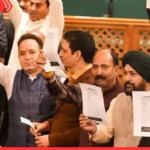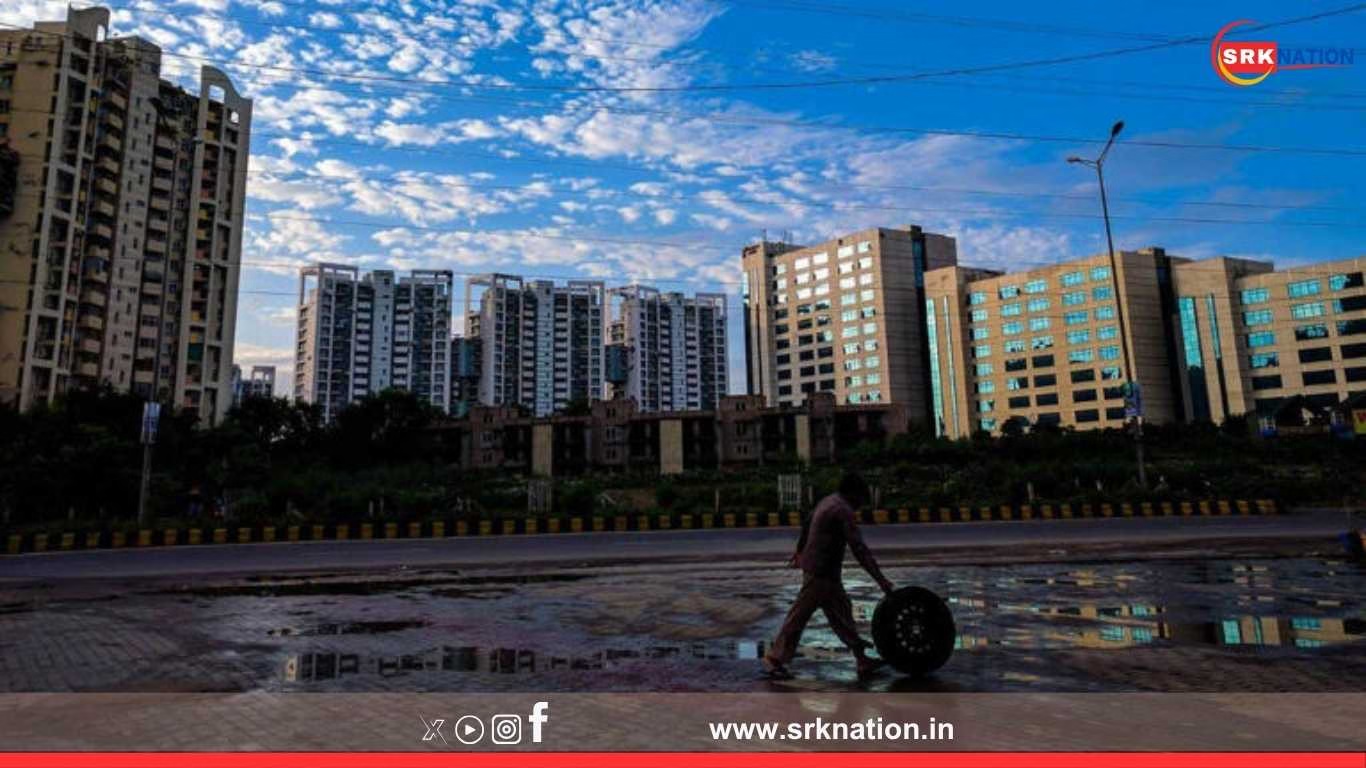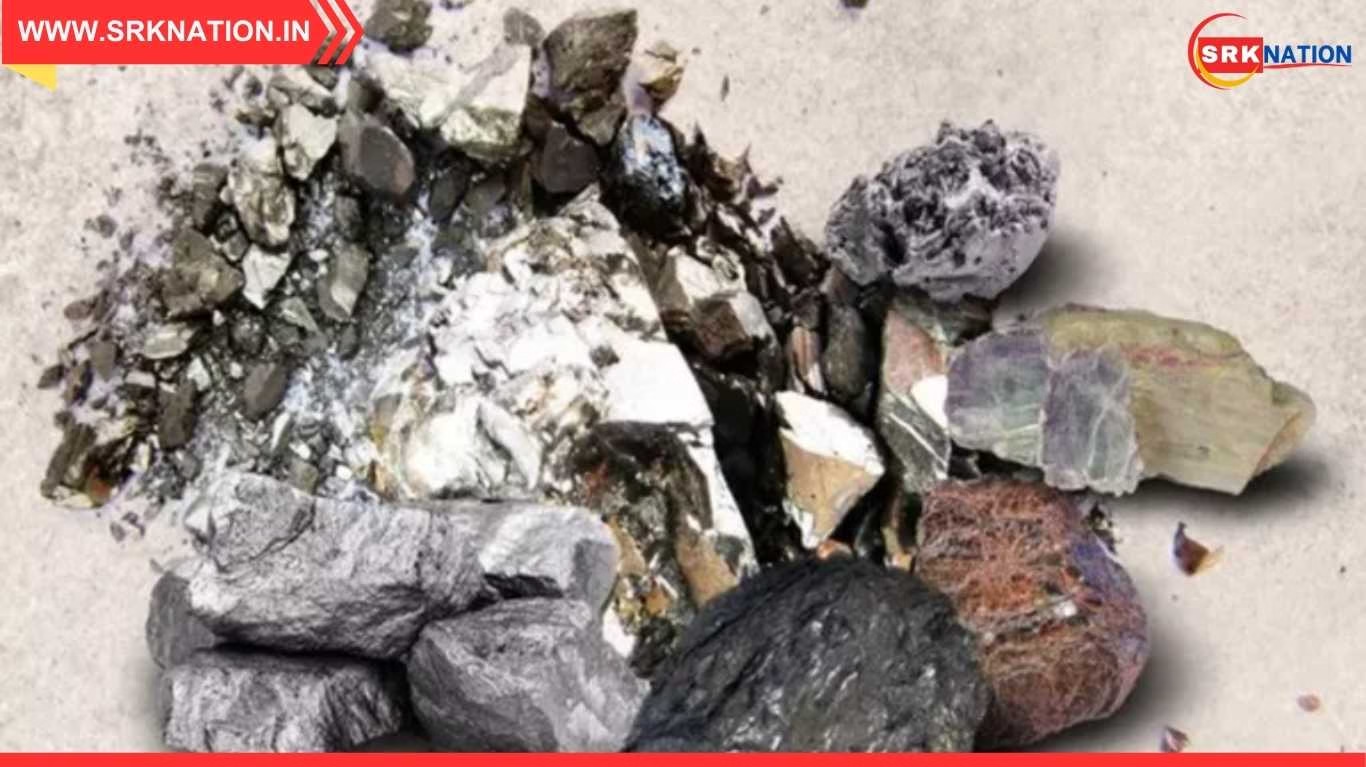In a major move set to shake the real estate landscape, the Gurugram administration has proposed significant hikes in circle rates—government-mandated minimum property valuation rates used for stamp duty and registration. These proposed increases, effective from August 1, are expected to drive up property prices and registration costs substantially across residential, commercial, and agricultural zones in Gurugram. This marks the second revision in less than a year, signaling a strong push by the Haryana government to align official rates with soaring market values in one of India’s fastest-growing urban realty hubs.
Key Highlights of the Proposed Circle Rate Hike
The proposed hike in circle rates ranges from 8% to 77% for residential plots, 10% to 15% for flats, and up to 145% for agricultural land in certain regions. Localities such as DLF Phase I-V, Sushant Lok, South City, Golf Course Road, and areas along the Dwarka Expressway will see some of the most pronounced increases.
| Property Category | Area/Zone | Current Rate (per sq yd/sq ft) | Proposed Rate | Approx. Hike % |
|---|---|---|---|---|
| Residential Plots | DLF Phase I-V | ₹1,14,000 per sq yd | ₹1,31,000 per sq yd | 15% |
| Residential Plots | Dwarka Expressway sectors | ₹40,000 per sq yd | ₹65,000 per sq yd | 62% |
| Residential Plots | Gurgaon village lands | ₹25,300 per sq yd | ₹45,000 per sq yd | 77% |
| Agricultural Land | Bajghera, Daulatabad, etc. | ₹2 crore per acre | ₹5 crore per acre | 145% |
| Group Housing Flats | City-wide | ₹8,900 per sq ft | ₹9,790 per sq ft | 10% |
| Licensed Residential Colonies | Sectors near NH-48 | ₹9,295 per sq ft | ₹10,225 per sq ft | 10% |
Why the Circle Rate Revision?
The administration has emphasized the need to bridge the gap between the current undervalued circle rates and the actual market prices. The disparity has long encouraged undervaluation of property transactions, enabling tax evasion and black money circulation. With the new rates, authorities aim to:
- Increase government revenue through higher stamp duties and registration fees
- Enhance transparency and formalization in real estate transactions
- Reflect true market value for taxation and investment purposes
- Discourage undervaluation and illicit deals
This proposal follows a similar hike introduced in December 2024, where circle rates were raised by 10–30% in select areas. The fresh hike, however, is seen as more aggressive and widespread.
Impact on Homebuyers and Investors
1. Stamp Duty Costs to Surge
Homebuyers will now have to shell out more money as stamp duty is calculated on the higher of sale price or circle rate. For mid- and high-income groups investing in prime sectors such as Golf Course Road, DLF, or Sushant Lok, the added cost can range in lakhs.
2. Higher Capital Gains Tax
For sellers, the move could lead to an increase in capital gains tax, as government calculations will now assume a higher sale value.
3. Loan Eligibility Changes
Higher property valuations might impact loan-to-value ratios, as banks typically consider circle rates when sanctioning home loans.
4. Affordable Housing Under Stress
This could impact affordable and mid-range housing demand, especially from first-time buyers, who may now face higher entry-level costs.
Reactions from Real Estate Developers
Developers and agents have expressed mixed reactions. While the alignment of circle rates with market values is seen as a positive for transparency, the timing has drawn criticism.
“The real estate market is slowly recovering post-COVID and inflation stress. A drastic hike now might derail buyer sentiment, especially in emerging sectors like Sohna, Manesar, and New Gurugram,” said a local real estate consultant.
Industry bodies like CREDAI and NAREDCO have urged the administration to phase the hikes gradually and conduct wider public consultations before the implementation.
Affected Zones & Urban Impact
Some of the most impacted zones include:
- DLF Phase I–V: Prestigious but already high-priced
- Dwarka Expressway sectors (102–113): Upcoming luxury and mid-income projects
- Sohna and Manesar belts: Fast-developing outskirts
- Old Gurgaon (Wazirabad, Badshahpur): Traditional zones undergoing urbanization
The rise in agricultural land rates in border areas like Bajghera, Daulatabad, and Chauma reflects rapid urban expansion and infrastructure-led land value appreciation.
Public Objections & Political Response
Opposition parties and civic bodies have criticized the move as “anti-middle class” and “rushed.” Former Haryana CM Bhupinder Singh Hooda raised concerns over the limited public consultation time and called for a rollback or phased implementation. Residents’ welfare associations have submitted objections, warning that sudden hikes could price out thousands of potential homeowners.
The district administration has set July 31 as the deadline for objections, with final approval expected shortly thereafter.
Broader Market Implications
- Luxury Properties: Likely to absorb the rate hike without much resistance due to high-income buyer profile
- Affordable Housing Projects: May face a dip in demand due to shrinking affordability
- Secondary Market Sales: Likely to see fewer transactions as taxation increases
- Infrastructure Projects: Government may justify hikes by linking them to improving infrastructure—metro extensions, highways, water & power supply lines
Real estate analysts anticipate a short-term dip in transaction volumes, followed by normalization as the market adjusts to new benchmarks.
Expert Insights
According to leading realty market analysts:
- Gurugram continues to be a magnet for real estate investment, thanks to its proximity to Delhi, airport access, and growing corporate presence
- The hike reflects the maturing nature of the city’s property market, where price corrections are part of natural evolution
- Investors with a long-term horizon may still see strong returns, especially in Dwarka Expressway, New Gurgaon, and Southern Peripheral Road (SPR)
What Should Buyers and Sellers Do Now?
Buyers:
- Lock in deals before August 1, if possible
- Factor in revised stamp duty while planning budget
- Consult property lawyers and chartered accountants for revised tax implications
Sellers:
- Evaluate capital gains liability under new rates
- Keep documentation aligned with latest valuation trends
- Be ready for more scrutiny in property valuation
Investors:
- Focus on high-growth corridors
- Explore resale opportunities before rates shoot up
- Recalculate IRR and ROI using updated benchmarks
Conclusion
The proposed circle rate hike in Gurugram is a decisive move to formalize the real estate ecosystem and boost state revenue. While the policy aims to reflect the real value of property and reduce undervaluation loopholes, its timing and magnitude could introduce affordability issues and market volatility in the short run.
For buyers and developers, strategic planning and swift action will be key. As Gurugram gears up for another real estate evolution, both risk and opportunity lie on the horizon.
Disclaimer: The information presented in this article is based on publicly available proposals and expert analysis as of July 2025. The proposed rates are subject to final notification by the district administration. Readers are advised to consult official circulars or legal experts before making financial decisions.











